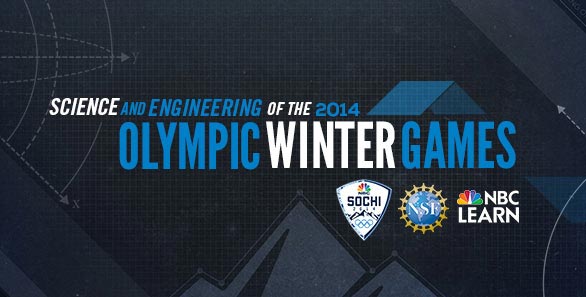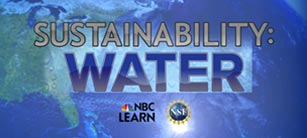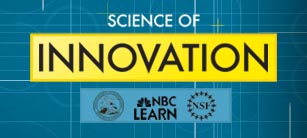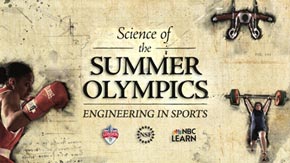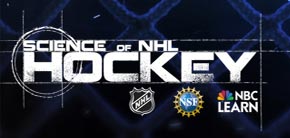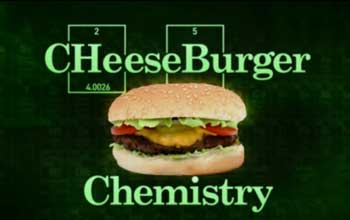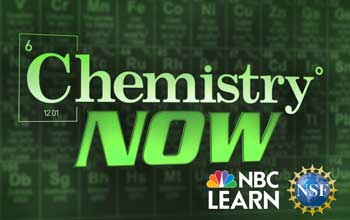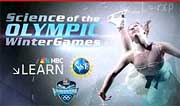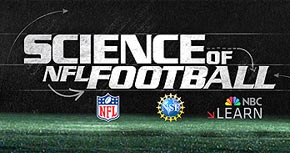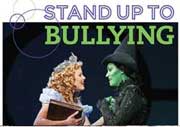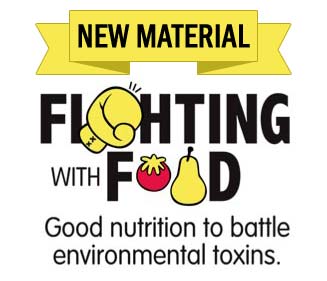
The Fighting with Food Project
Did you know? Certain foods (we’re calling these fighting foods!) actually combat the health impacts of environmental toxicants like PCBs, lead, and mercury.
We can’t prevent being exposed to low levels of environmental toxicants like PCBs, lead, and mercury, but it turns out that the foods we eat can help protect us from their harmful effects! Current biomedical research in nutrition and toxicology shows just how certain foods, such as those rich in antioxidants or calcium, work to protect us from toxicants. The Fighting with Food project, from Miami University’s Center for Chemistry Education, focuses on integrating this information about the role of foods in combatting the effects of toxicants into lessons that address core physical and biological science standards on matter.
Readings and Activities
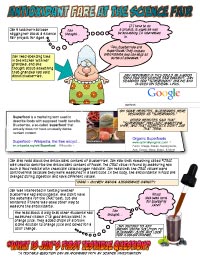
|
Antioxidant Fare at the Science FairMiami University continues to work to develop resources that help teachers introduce their students to the topic of environmental toxicants and the role of nutrient dense foods in helping to combat their effects. Having heard from teachers that students have a hard time getting started with inquiry, Miami University designed the material in a more inviting graphic story format they call “Student Inquiry Graphic Stories" to engage students in the topic and guide them through the process of deciding on testable questions, collecting data, and making the claims supported on what he or she discovered. The story has embedded questions for students to answer. They envision this format as being useful as a way to begin a lesson in which students will subsequently be conducing their own investigations on a similar topic.
Downloadable material:
• Antioxidant Fare at the Science Fair - Lesson plan (see "Purple Power" below for links to the additional teaching resources listed for this lesson)
|
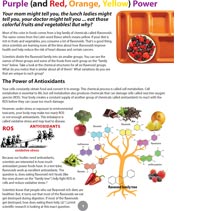
|
Purple PowerYour mom might tell you, the lunch ladies might tell you, your doctor might tell you ... eat those colorful fruits and vegetables! But why? In this reading, students learn about antioxidant rich foods and their importance to maintaining a healthy body and reducing the risk of heart disease and certain cancers. Two hands on investigations accompany the reading. In The Power of Colorful Fruits and Vegetables, students explore the color changing reactions of the red/purple chemicals found in fruits and vegetables (anthocyanins) when solutions of different acidity are tested in juice. In the second activity, The Antioxidant Power of Colorful Fruits and Vegetables, students investigate how Anthocyanins and vitamin C work as antioxidants to protect cells from damage. The teacher document "Teacher Version: The Power of Colorful Fruits and Vegetables" provides background for both activities. Downloadable material:
• Purple Power - Reading
|
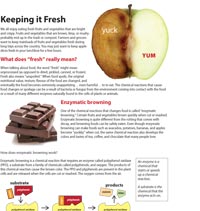
|
Keeping it FreshWhen talking about food, what does "fresh" really mean? How does the enzymatic browning that makes some foods look bad work, and can it be stopped? Are browned apples still good to eat? These and other questions are explored in a student reading along with an accompanying investigation in which students observe and test ways of stopping the browning reaction that occurs when oxygen contacts enzymes found in apple cells. The teacher document "Teacher Version: Trouble with Fresh Food" provides background for this activity. Downloadable material:
• Keeping it Fresh - Reading
|

|
Is there a gene for liking broccoli?“Is there a gene for liking broccoli?” is designed for high school general science, chemistry, biology, and nutrition students. It touches on several core science topics, including the sense of taste, genotype and phenotype, nucleotide sequences, and genes. Middle school students can read “Is there a gene for liking broccoli?” successfully with more teacher direction, such as reading one paragraph at a time and discussing the main idea. The activity “Taste this!” introduces the science of sensory evaluation — a scientific discipline in which human senses are used to evaluate consumer products. Conducting taste tests using procedures adapted from the American Society for Testing and Materials (ASTM) shows students how scientific methods apply to the questions “Which food do you like better?” (preference tests) and “Can you tell the difference between two food samples?” (discrimination tests). Taste tests can be conducted with a wide array of foods, but to tie into the reading “Is there a gene for liking broccoli?” we suggest preference tests such roasted vs raw broccoli and discrimination tests such as organic vs conventionally grown broccoli. (Of course, teachers need to be aware of allergies any time food is part of a classroom activity.) Downloadable material:
• Is there a gene for liking broccoli? - Reading
|
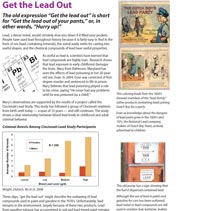
|
Get The Lead OutThe student reading explores why exposure to lead is so harmful. Lead's ability to mimic a substance that is essential to healthy cell function—calcium—causes damage to many body systems, especially the developing brains of young children. Two accompanying activities explore the properties of lead. In Alchemists Go Fishing with Archimedes, students find out that density, an intrinsic property of a substance, gives clues about the identity of unknown metals. In Fruit Caviar, students explore the ability of calcium ions to form a gell when mixed with a seaweed extract called alginate. This is a similar process to the linking of calcium to minerals in your body to form a component of bones. The teacher documents "Teacher Version-Alchemists Go Fishing With Archimedes" and "Teacher Version-Qualitative Classifications of Metals Ions" provide background for these activities. Downloadable material:
• Get The Lead Out - Reading
|
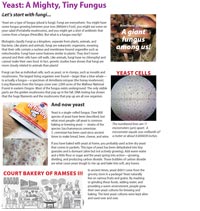
|
Yeast: A Mighty, Tiny FungusThe student reading explores what a fungus is (plant? animal? neither?) and the importance of yeast in food, medicine, and scientific research, especially toxicology. The related activity gives students a look at how toxicologists might determine if a substance is a toxicant to yeast. The teacher document "Teacher Version: Toxicity of Copper Ions to Yeast" provides background for this activity. Downloadable material:
• Yeast a Mighty Tiny Fungus - Reading
|
Distributed by NIEonline.com with permission
More NIE
Special Reports
►2014 Winter Olympics
►Sustainability: Water
►Science of Golf
►Science of Innovation
►Writers Speak to Kids
►Summer Olympics
►Science behind the News
►Science of Hockey
►Black History Month
►Changing Planet
►Cheeseburger Chemistry
►Chemistry Now
►Science of the Olympics
►Science of Football
►CyberBullying
Additional Information
Fighting with Food has been well received by teachers in professional development courses. A summer 2012 course participant said “I have been personally impacted by the topics presented and will be making changes to my diet. It is so good for students to make these connections as well. They can see the impact of chemistry on themselves or others.” A free online version of the Fighting with Food course is planned. If you would like to be notified when the course is ready, please sign up for our mailing list at www.ccemu.org.
The Fighting with Food project director is Dr. Susan Hershberger, Director, Center for Chemistry Education, hershbss@muohio.edu. Fighting with Food is a partnership between Miami University, the University of Cincinnati, and the University of Kentucky and is funded through the National Center for Research Resources and the Division of Program Coordination, Planning, and Strategic Initiatives of the National Institutes of Health through Grant Number R25 ODO01190-02.
Additional resources
Lessons & Classroom Activities
- Cartoons for the Classroom
- Front Page Talking Points
- This Week in History
- News Video
- Science Webcasts
- Headline Geography
Resources by grade level
